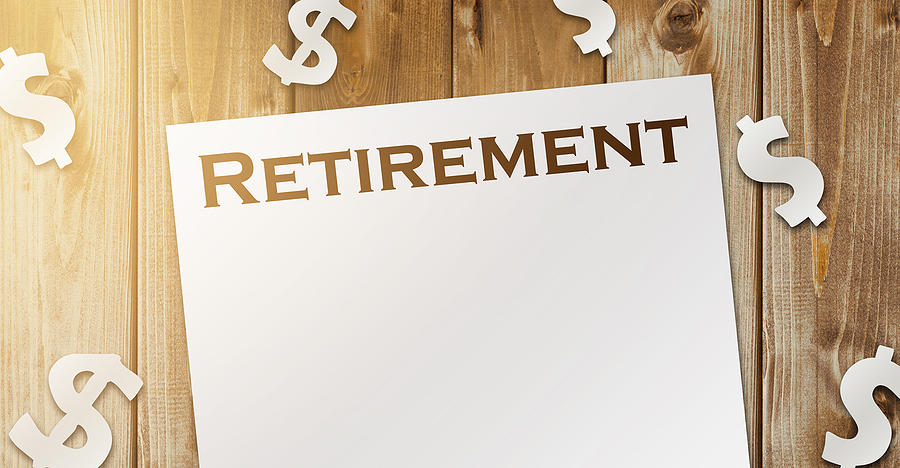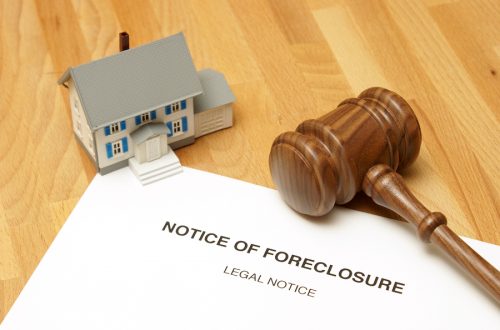No one wants to lose their hard-earned savings in a bankruptcy case, especially retirement accounts. In fact, the fear of losing everything is one of the main reasons why consumers hold off on filing for bankruptcy. Most people work hard over the course of many years to build up a nest egg that they hope will carry them through retirement. The good news is retirement accounts are protected in bankruptcy. A law was issued in 2005, the Bankruptcy Abuse Prevention and Consumer Protection Act (BAPCPA), which gave protection to all types of individual retirement accounts, otherwise known as IRAs.
The type of protection depends on the type of IRA. Traditional IRAs and Roth IRAs are protected to a value of more than $1 million. However, SEP IRAs, SIMPLE IRAs, and most rollover IRAs receive full protection from bankruptcy creditors, no matter how much is in each account.
Prior to 2005, federal bankruptcy laws only provided bankruptcy exemption protection for 401(k) plans, pensions, and similar employer-sponsored retirement plans. It was not until the BAPCPA was passed in 2005 that IRAs became protected. Until that point, IRA protections varied from state to state. Some states did not protect them at all, while others offered at least some protection. The BAPCPA issued protection for consumers in all states.
The BAPCPA modified federal bankruptcy law to allow for bankruptcy protection up to $1 million for assets held in either a Roth or traditional IRA. The law does take into account inflation, and as a result, an inflation adjustment is calculated and enacted every three years. The first adjustment was made on April 1, 2007. Currently, traditional and Roth IRAS are protected up to $1,512,350 per individual. Keep in mind that this protection amount is to the sum of all traditional and Roth IRAs per person and not per account.
The law also states that individual bankruptcy courts are free to extend additional protection if the judge decides to grant it.
Alternatively, Simplified Employee Plan (SEP) IRAs and Saving Incentive Match Plan for Employees of Small Employers (SIMPLE) IRAs are fully protected in the event of a bankruptcy, as well as Rollover IRAs.
Under the BAPCPA, a rollover IRA is a traditional or Roth IRA that was originally funded through a transfer from a qualified retirement plan. These qualified retirement plans can include standard 401(k) plans, traditional pensions, and profit-sharing plans. The key is the traditional or Roth IRA must have been created from a retirement account that would otherwise have been protected under bankruptcy law. In order to keep the accounts distinguishable and ensure that these funds remain protected, it is often best that the accountholder create a separate IRA account for the rollover assets. Commingling the funds with another traditional or Roth IRA can confuse matters and can result in the rolled over funds to losing their protection.
Please click here to read more.
If you have questions on this topic or are in financial crisis and considering filing for bankruptcy, contact an experienced Miami bankruptcy attorney who can advise you of all of your options. As an experienced CPA as well as a proven bankruptcy lawyer, Timothy Kingcade knows how to help clients take full advantage of the bankruptcy laws to protect their assets and get successful results. Since 1996 Kingcade Garcia McMaken has been helping people from all walks of life build a better tomorrow. Our attorneys’ help thousands of people every year take advantage of their rights under bankruptcy protection to restart, rebuild and recover. The day you hire our firm, we will contact your creditors to stop the harassment. You can also find useful consumer information on the Kingcade Garcia McMaken website at www.miamibankruptcy.com.


